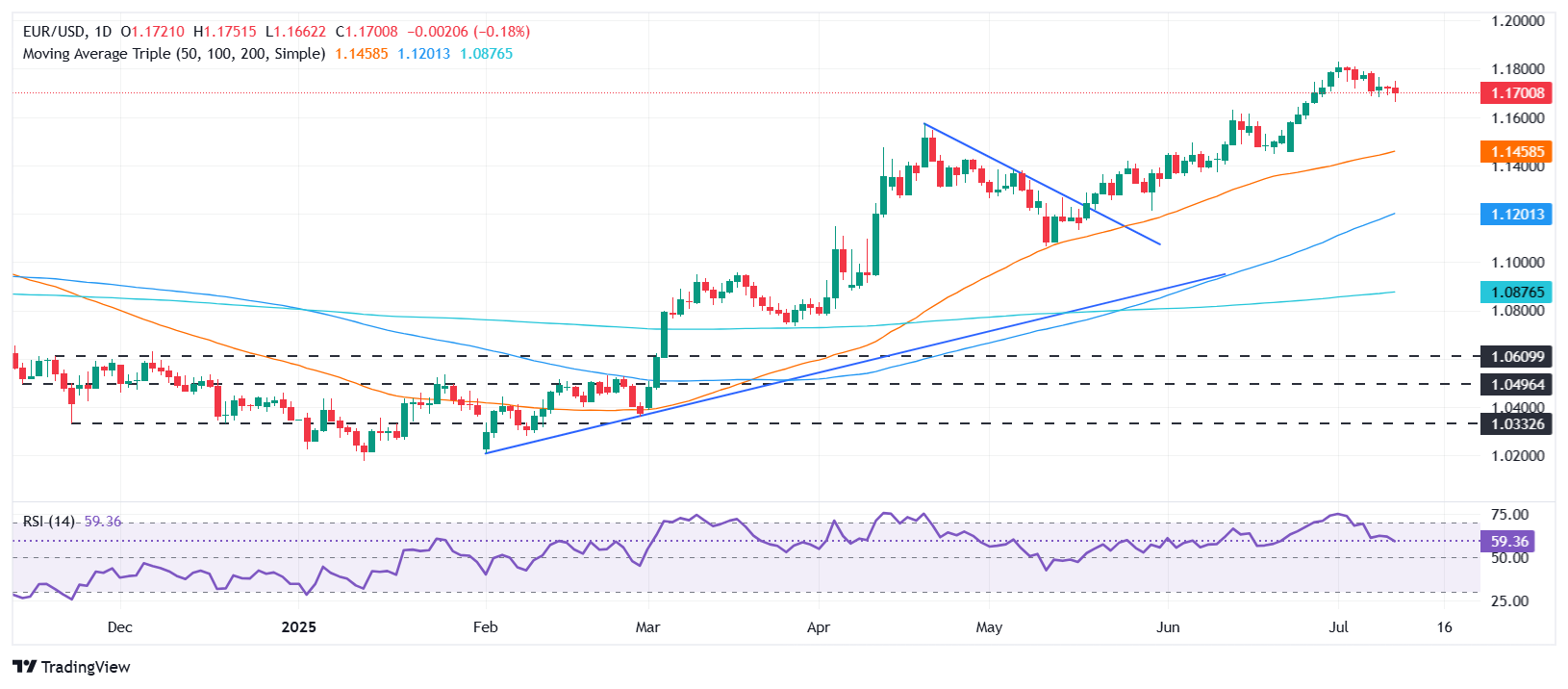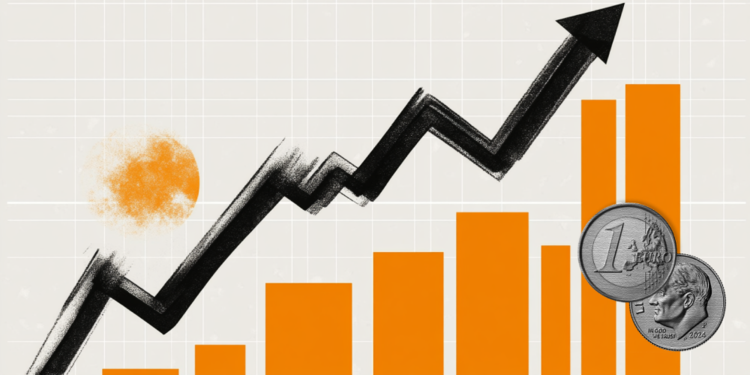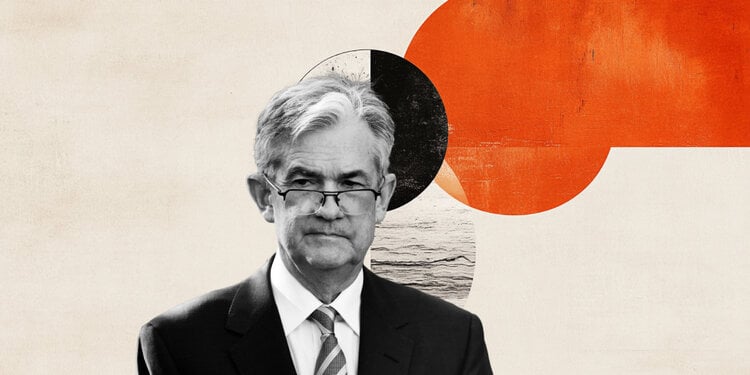- EUR/USD collapses below 1,1700 while initial unemployment applications in the US exceeds forecasts.
- Fed minutes show an internal division, with most cautious members on feat cuts.
- Trump’s tariffs to Brazil cause threats of reprisals from President Lula.
The EUR/USD slides during the North American session, lowering more than 0.23%, while market participants digest an employment report in the United States that reinforces the Federal Reserve argument to keep the fees without changes in the next July meeting. At the time of writing, the pair is negotiated at 1,1695 after reaching a maximum of 1,1749.
Wall Street finished Thursday session with profits while the operators evaluated the current situation of the labor market in the US. The initial unemployment applications last week were lower than the estimates and the previous impression, pointing out a certain strength. However, continued requests had increased to their highest level since 2022.
On Wednesday, the Fed published its last minutes, which revealed some divergence among its members. Although two of the governors are considering a rate cut at the July 30 meeting, most had planned only one, warning that tariffs could trigger an increase in inflation.
Recently, the president of the Fed of St. Louis, Alberto Musalem, advocated waiting to cut rates while evaluating the incoming data. On the contrary, the president of the Fed of San Francisco, Mary Daly, joined a group of pigeons, Saying that it favors two rate cuts, stating that tariffs would have a modest impact.
As for commercial news, the decision of the president of the United States, Donald Trump, to impose 50% tariffs on Brazil caused a reaction from its president Lula da Silva, who threatened reprisals against the US.
On the other side of the Atlantic, Germany revealed that inflation remains well contained within the 2% objective established by the Bundesbank and the European Central Bank (ECB).
In next week, the US economic agenda will feature speeches from Fed officials in the European Union (EU), ECB officials will also be in the cables, together with the publication of inflation data in France.
Daily summary of the market movements: the EUR/USD is broken below 1,1700 after a solid report of unemployment applications
- Initial unemployment applications in the US for last week showed that 227K Americans requested unemployment benefits, below the estimates and the previous printing of 235k and 232K, respectively. However, continued requests increased to its highest level in three and a half years, reaching 1.97 million in the previous week.
- Recently, the president of the FED, Jerome Powell, said that in the current environment of low hiring and dismissals, any increase in layoffs could quickly raise the unemployment rate.
- The governor of the Fed, Christopher Waller, reiterated that a cut in July is possible, saying that the policy is “too tight and we could consider cutting the policy rate in July.”
- The president of the Fed of St. Louis, Alberto Musalem, declared that the US economy remains in a solid base, with the labor market in or near the full employment. However, he warned that inflation risks are rising biased, citing possible lagged effects of tariffs and warning that a weaker US dollar could further amplify inflationary pressures.
- The president of the Bank of the Federal Reserve of San Francisco, Mary Daly, said that he still sees two tours of interest rates this year and considers that the possibility that the prices of the tariffs are more moderate than the anticipated is greater.
- Trump added that it could have been harder in commerce and announced that it would impose tariffs on pharmaceutical products, semiconductors and copper, which, he said, would result in tariffs of around 50%.
- Harmonized Germany inflation for consumer prices (HICP) increased 2% year -on -year in June, as expected, without changes compared to May figures.
EURO TECHNICAL PERSPECTIVE: EUR/USD cling to 1,1700 while the pair is consolidated
The EUR/USD is maintained above/below the figure of 1,1700 after testing the simple mobile average (SMA) of 1,1663 earlier in the session. However, bounces around 1,1700, ready to operate within the range of 1,1660-1.1749 in the short term.
For a bullish resumption, the EUR/USD must exceed the level of 1,1749. Once surpassed, the next resistance is 1,1800 and the maximum of the year to date (YTD) of 1,1829. On the other hand, the 20 -day SMA serves as a support in 1,1663. A decisive rupture clears the way to challenge the figure of 1,1600, followed by the 50 -day SMA in 1,1464.

EURO – FREQUENT QUESTIONS
The euro is the currency of the 19 countries of the European Union that belong to the Eurozone. It is the second most negotiated currency in the world, behind the US dollar. In 2022, it represented 31 % of all foreign exchange transactions, with an average daily business volume of more than 2.2 billion dollars a day. The EUR/USD is the most negotiated currency pair in the world, with an estimate of 30 %of all transactions, followed by the EUR/JPY (4 %), the EUR/GBP (3 %) and the EUR/AU (2 %).
The European Central Bank (ECB), based in Frankfurt (Germany), is the Eurozone reserve bank. The ECB establishes interest rates and manages monetary policy. The main mandate of the ECB is to maintain price stability, which means controlling inflation or stimulating growth. Its main tool is the rise or decrease in interest rates. Relatively high interest rates (or the expectation of higher types) usually benefit the euro and vice versa. The GOVERNMENT BOOK of the ECB makes decisions about monetary policy in meetings that are held eight times a year. The decisions are made by the directors of the National Banks of the Eurozone and six permanent members, including the president of the ECB, Christine Lagarde.
Eurozone inflation data, measured by the harmonized consumer prices index (IPCA), are an important economic indicator for the euro. If inflation increases more than expected, especially if it exceeds 2% of the ECB, it forces the ECB to rise interest rates to control it again. Relatively high interest rates compared to their counterparts usually benefit the euro, since they make the region more attractive as a place for global investors to deposit their money.
Published data measure the health of the economy and can have an impact on the euro. Indicators such as GDP, manufacturing and services PMIs, employment and consumer trust surveys can influence the direction of the single currency. A strong economy is good for the euro. Not only attracts more foreign investment, but it can encourage the ECB to raise interest rates, which will directly strengthen the euro. Otherwise, if economic data is weak, the euro is likely to fall. The economic data of the four largest economies in the euro zone (Germany, France, Italy and Spain) are especially significant, since they represent 75% of the economy of the euro area.
Another important fact that is published on the euro is the commercial balance. This indicator measures the difference between what a country earns with its exports and what you spend on imports during a given period. If a country produces highly demanded export products, its currency will gain value simply by the additional demand created by foreign buyers seeking to buy those goods. Therefore, a positive net trade balance strengthens a currency and vice versa in the case of a negative balance
Source: Fx Street
I am Joshua Winder, a senior-level journalist and editor at World Stock Market. I specialize in covering news related to the stock market and economic trends. With more than 8 years of experience in this field, I have become an expert in financial reporting.







